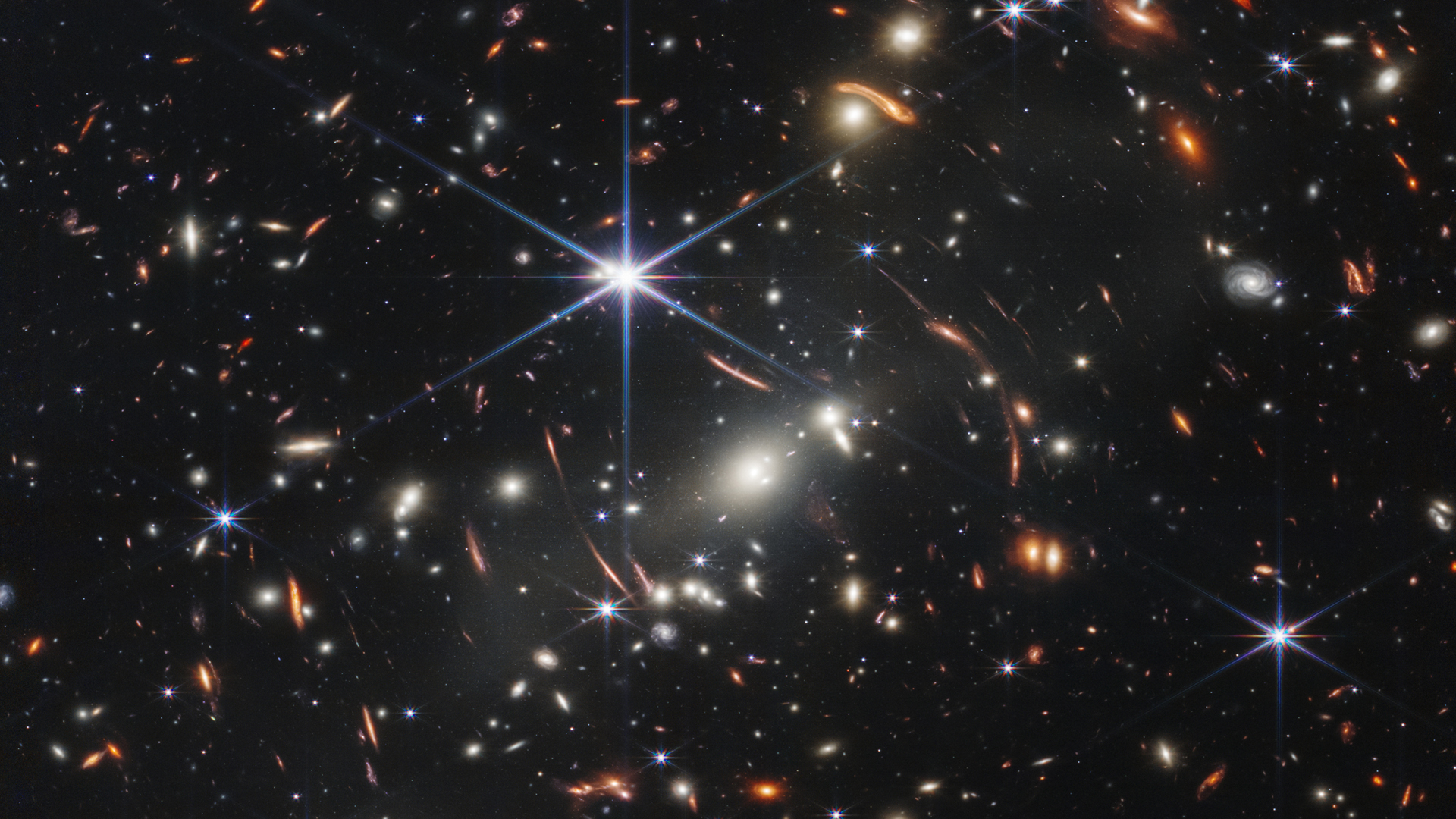Where is the center of the universe?


Where is the center of the universe: TL;DR
Many astronomers have wondered where the center of the universe is. If the Big Bang created the entire observable universe, then it stands to reason that the event had a point of origin. As it turns out, there is likely no true center of the universe. The Big Bang happened everywhere, all at once. Cosmologists believe the Big Bang was not a single origin point in space, but instead was a 'location' in time.
The universe is undeniably vast, and from our perspective, it may seem like Earth is in the middle of everything. But is there a center of the cosmos, and if so, where is it? If the Big Bang started the universe, then where did it all come from, and where is it going?
To start tackling these questions, let's go back about 100 years. In the 1920s, astronomer Edwin Hubble made two amazing back-to-back discoveries: Early in the decade, he found that "island universes," now known as galaxies, sit very far away from us; later that decade, he discovered that, on average, all galaxies are receding away from us.
Thankfully, there was already a handy theoretical explanation for all of this. Einstein's theory of general relativity had predicted that the universe was dynamic — either expanding or contracting. That contrasted with the prevailing view at the time: that the cosmos was perfectly static. And so it was up to a quartet of scientists working semi-independently to take Einstein's equations at their word, developing what is now known as the Friedmann-Lemaitre-Robertson-Walker metric, the foundation of modern cosmology.
This solution to Einstein's equation, together with Hubble's startling observations, tells us that we live in an expanding universe. On average, all galaxies are getting farther away from all other galaxies, and long ago, all the matter in the cosmos was compressed into an infinitely tiny point known as the singularity — the Big Bang.
Related: How was the universe created?
There is no center
So where is the Big Bang? Surely, that would be the true center of the universe. Unfortunately, the reality that we have uncovered about the universe through modern science does not lend itself to an easy explanation, or even the ability to imagine it. That's because there is no center of the universe. There is no edge, either. The cosmos is not expanding from anywhere, and it's not expanding into anything.
Breaking space news, the latest updates on rocket launches, skywatching events and more!
First, let's tackle the edge. The universe is, by definition, all of the things that there ever could be. Edges are things that divide one region from another. But if the universe consists of all regions, there can't be an edge. This means the universe might be infinitely big, and it's impossible to point to the center of an infinite space.
Another possibility is that the universe is indeed finite. But this would mean that at very vast scales — far larger than what we can observe — the cosmos curves back on itself. This also means it doesn't have a center.
As an analogy, look at Earth. You can point to the center of the three-dimensional planet — it's the molten bit in the core. But try to point to the center of Earth's surface, like on a map. It could be at 0-0 latitude and longitude; it could be at the poles; it could be at your grandma's house. Any point is just as good as any other.
This means the Big Bang happened everywhere throughout the universe simultaneously; it happened in the room you're sitting in, and it happened in the most distant galaxy we can see. The Big Bang was not a point in space; it was a location in time. It belongs in the finite past of every entity in the universe.
Everywhere is a center
But there is an interesting twist to this story. The universe does have an age; it's about 13.77 billion years old. And because the speed of light is only so fast, only a small portion of the cosmos is illuminated for us. There's a limit to what we can see, and that edge is about 45 billion light-years away. (This is possible because the universe expands faster than light.)
The vast majority of the universe is hidden from us, like the beam of a flashlight in a far forest; we can see only to the limits of the light. And from our perspective, all other galaxies are racing away from the Milky Way.
It appears as if we were at the center of the entire universe. Of course, the same could be said of any galaxy within the cosmos. From their perspective, they are at the center of their observable bubble, and all galaxies are racing away from them.
That's the curse and the blessing of an expanding universe. There is no center, and yet at the same time, all observers, including us, can rightfully claim to be in the middle of it all.

Paul M. Sutter is a cosmologist at Johns Hopkins University, host of Ask a Spaceman, and author of How to Die in Space.
